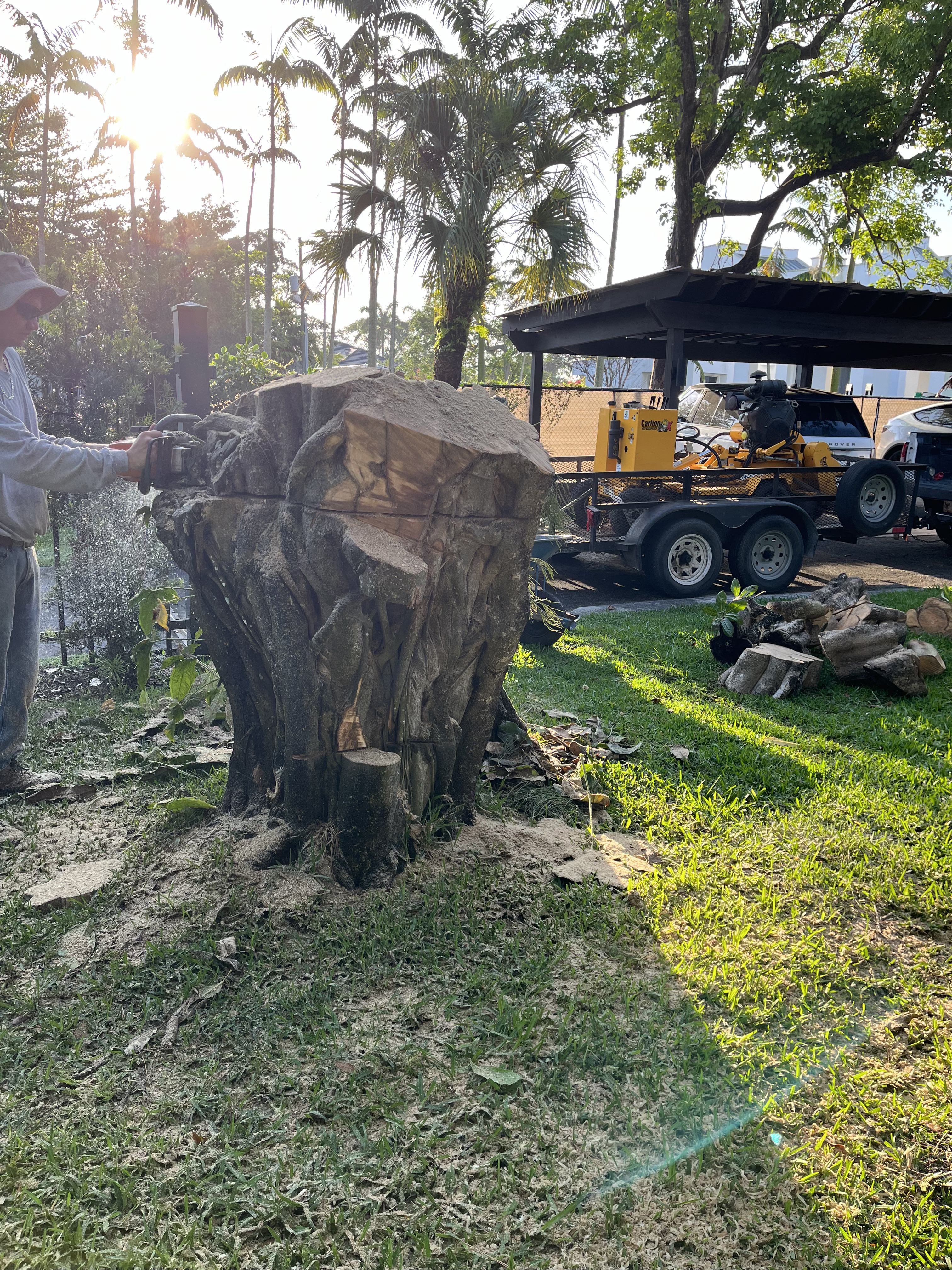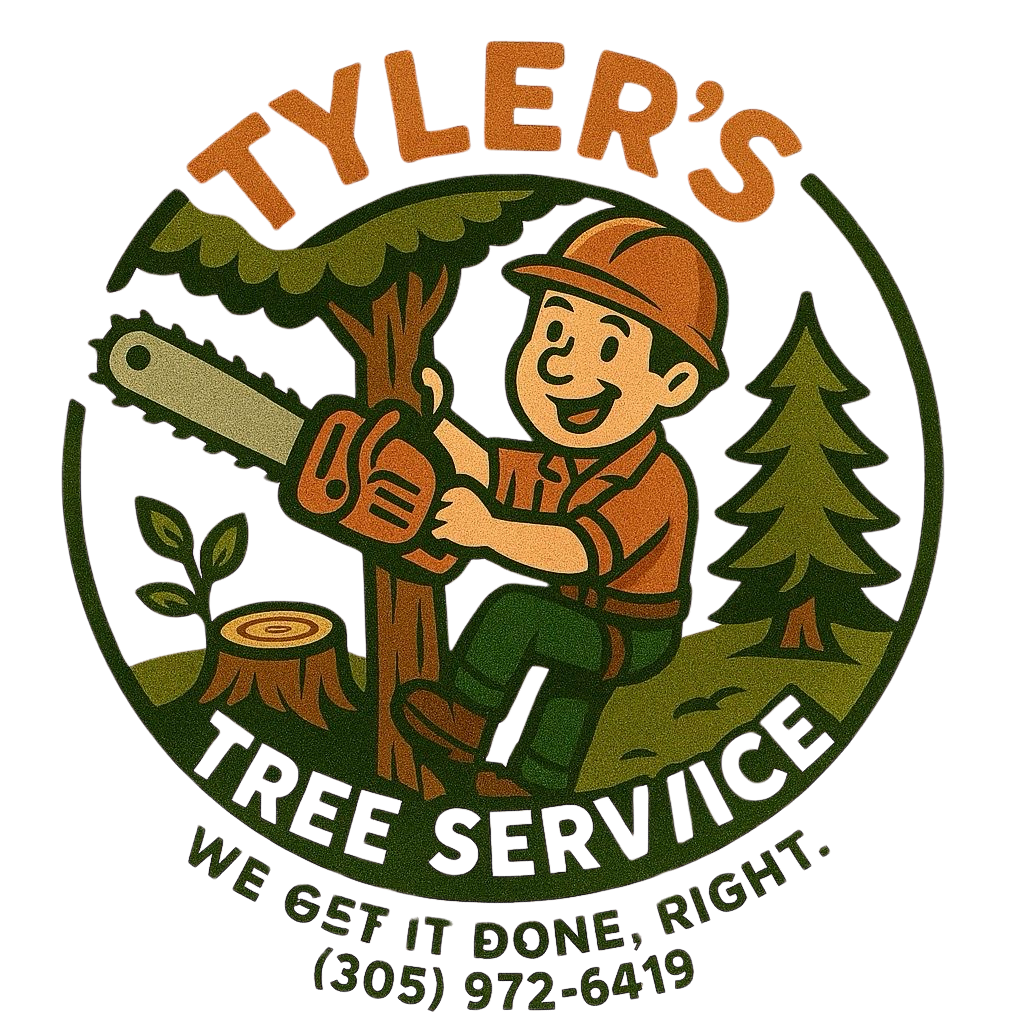When to Remove a Dying Tree: A Comprehensive Guide
Published on July 15, 2024

A tree can be a beautiful and valuable asset to your property, providing shade, enhancing curb appeal, and supporting local wildlife. However, when a tree starts to decline or die, it can quickly turn into a liability. A dying tree poses significant risks, including falling branches, structural damage to your home, and even personal injury. Knowing when to remove a dying tree is crucial for the safety and well-being of your property and loved ones.
Signs of a Dying Tree
Identifying a dying tree early can save you from potential hazards and costly damages. Here are some common signs that indicate a tree is in decline:
- Extensive Dead Branches: While a few dead branches are normal, a large number of dead or brittle branches, especially in the crown, is a strong indicator of a dying tree.
- Trunk Damage: Look for deep cracks, large cavities, or significant decay in the trunk. Fungi growth, like mushrooms, on the trunk or at the base of the tree also signals internal rot.
- Leaning or Instability: A sudden lean or a noticeable shift in the tree's position can mean root damage or decay at the base, making it highly unstable.
- Pest Infestation: An unusual increase in pests like termites, carpenter ants, or borers can indicate that the tree's defenses are weakened, and it's becoming a host.
- Lack of Foliage or Discolored Leaves: If the tree produces significantly fewer leaves than usual, or if the leaves are discolored, stunted, or drop prematurely, it's a sign of poor health.
- Root Damage: Exposed or decaying roots, especially those close to the trunk, can compromise the tree's stability. Construction work, soil compaction, or disease can cause root damage.
When to Call for Professional Tree Removal
While some minor issues can be addressed with professional tree trimming or disease treatment, certain situations necessitate immediate tree removal. It's always best to consult with a certified arborist or a professional tree service like Tyler's Tree Service to assess the situation.
- Hazardous Location: If a dying tree is located near your home, garage, power lines, or frequently used areas, its removal becomes a priority to prevent property damage or injury.
- Significant Structural Weakness: When a tree has major structural defects, such as a split trunk, severe decay, or a compromised root system, it poses an immediate threat.
- Disease Spread: If a tree is infected with a contagious disease that could spread to other healthy trees on your property or in your neighborhood, removal might be the only option to contain it.
- After a Storm: Trees severely damaged by storms, with large broken limbs or a compromised trunk, often require emergency removal to ensure safety. Learn more about our emergency tree services in Homestead.
- Land Clearing: If you're planning new construction or landscaping projects, removing dying or unwanted trees can be part of the site preparation.
The Importance of Professional Tree Removal
Attempting to remove a large or dying tree yourself is extremely dangerous and can lead to severe injuries or extensive property damage. Professional tree removal companies like Tyler's Tree Service have the necessary expertise, specialized equipment (such as spider lifts and cranes), and insurance to perform the job safely and efficiently. We understand the complexities of tree felling, especially in urban environments like Broward County, ensuring minimal disruption to your property.
After the tree is removed, we also offer stump grinding services to completely eliminate the stump, preventing regrowth and preparing your land for future use.
If you suspect you have a dying or hazardous tree on your property, don't delay. Contact Tyler's Tree Service today for a free, no-obligation assessment and estimate. Our team is ready to provide safe and professional tree removal solutions.
